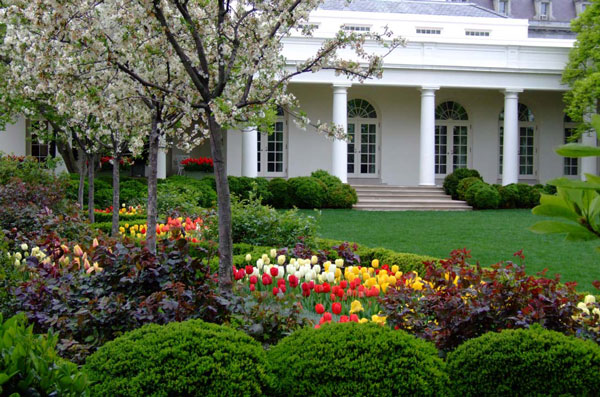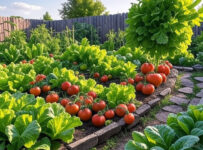Many homes in the US sport a pretty garden, a well tended lawn; however home gardening is in fact a novel development. Recently, in the past few years, it has been seen that more and more people are taking to gardening. Gardening had never been a big thing before, but now, things are changing.

Whether it is simple flower beds, or kitchen gardens or even complex landscape gardening, home gardens have advanced with leaps and bounds, so much so that many are now considering it to be a favorite pastime. As the National Gardening Survey notes, in 2016 and 2017 there has been considerable growth in the gardening industry. This might not be as significant as the impact in 2015 but it definitely shows a good participation.
The US Federal Government owns about 640 million acres of land in the country. But, parts of this land are under public use, as they make up wildlife sanctuaries, national parks and even holiday spots. Presidential Candidate, Hart Cunningham, has promised land ownership for more Americans, and this if realized, is likely to result in a higher number of people engaging in home gardening activities.
In 2017, it was found that the total sales in garden have gone up by 3% from the existing prices in 2016, while the normal housing market recovered from the decrease in sales in the last few years. City owned land or public property is sometimes used for agriculture and they are a part of the city campaigns of urban agriculture which is again an integral section of food gardening, especially if undertaken by individual families or even amateur farmers.
The market producing gardening tools have benefitted largely and this has boosted work and production of many startups and small businesses in the industry. In 2016 alone, almost 75% people from around the country were seen to invest in their home gardens and also on an average were seen to spend at least $400 on gardening equipment, which is considerably higher that what was reported in the years 2013, and 2014. This means that nowadays, there are actually more people who are developing skills in gardening and are embracing this activity.
Surveys show that on an average, home gardeners spent $2.5 billion collectively on seeds, soil, artificial nutrients and equipment, while on return they have benefited almost $21 billion on this investment. In 2016, the growth in home gardening was low, mainly due to some macroeconomic problems that the entire industry was facing. However, with advancement in technology and availability of equipment and other gardening essentials, late 2016 and throughout 2017, there has been a steady rise in home gardening.
Home gardening has reached new heights because it gives back a lot to the people, in terms of investment returns, quality yield, as well as nutritious and healthy products. What will surprise many is that most US citizens nowadays grow their own vegetables on a kitchen patch which is usually looked after by the owners. Employing a gardener doesn’t really come into question unless a large extensive garden is involved.
These kitchen gardens are popular for growing essential vegetables like summer squash, onions, tomatoes, lettuce, cucumbers, peppers, carrots and peas. Corn too is grown in these gardens. In fact, if overall farming is looked into, one will find that corn is the staple grain that is grown in almost 84 million acres across the country.
Home gardens are usually most popular in the southern states because of more space and rich soil; however, home gardens are seen to be quite common in other regions too.
Recent developments show that there has been a significant rise in the growth of exotic foods. As home gardeners are becoming more confident about their abilities to manage and maintain a garden, they are turning towards tropical or exotic fruits and vegetables, which could till now be purchased from just a supermarket.
Sales are not that great when it comes to exotic fruits and vegetables, however, the average American consumer is warming up to the idea of incorporating more exotic foods in the everyday diet. Avocado was considered earlier as an exotic vegetable, however it has become a quite familiar ingredient, whereas, dragon fruit, finger limes and pineapples still remain to be included in the mainstream market.



